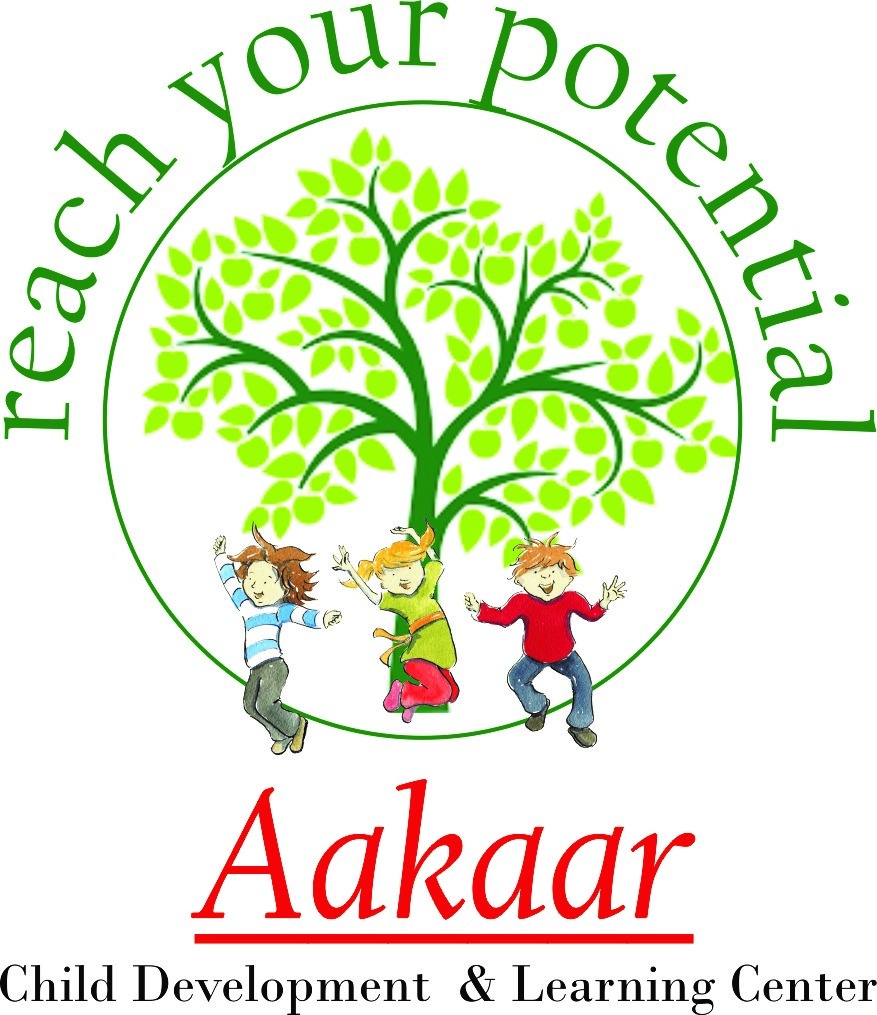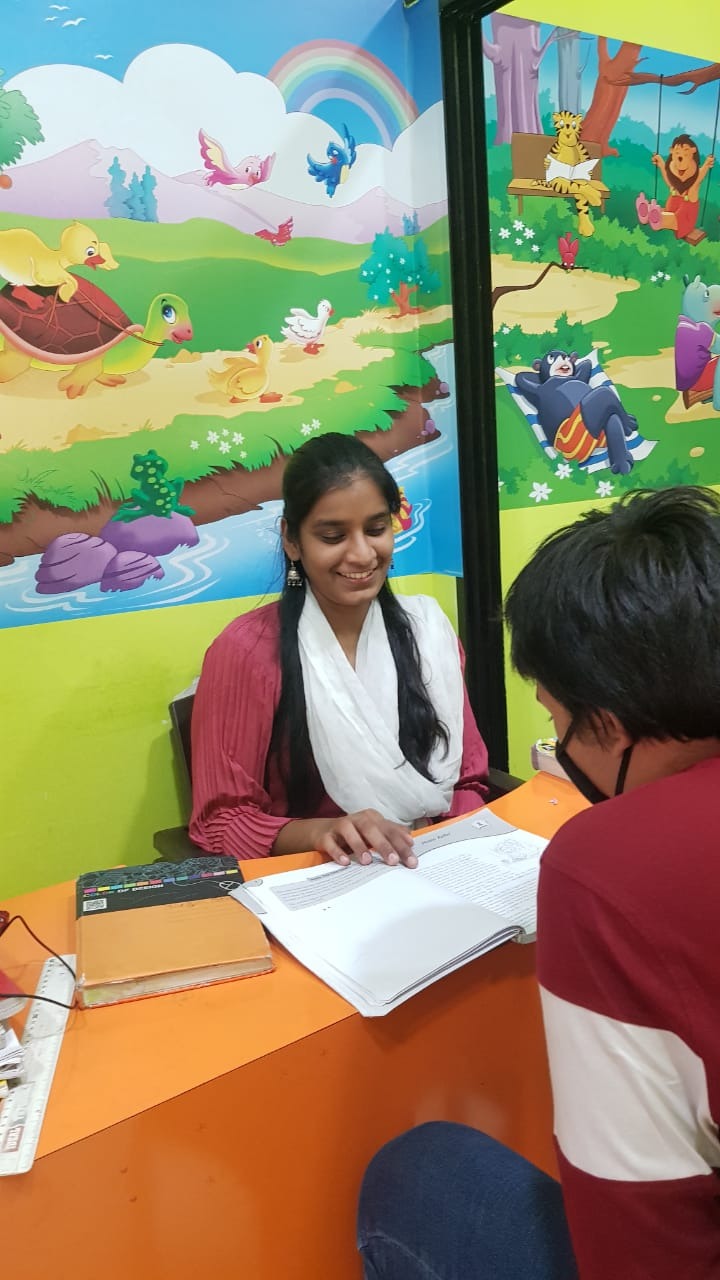
Aakaar Child Development Center
Special Education

Special Education is the education of children of children with special needs. It caters individual differences and needs. It can be summarize as the individually planned and systematically monitored arrangement of physical settings, special equipment and materials, teaching procedures etc designed to help learners with special needs achieve the greatest possible personal self-sufficiency and success in school and community.
Steps of receiving Special Education are:-
Steps of receiving Special Education are:-
- Detailed assessment
- Find out current level of functioning of child.
- Prioritising goals.
- IEP preparation.
- Looking after physical setting, material and procedures.
- IEP conduction.
1. Priortising goal– After knowing current level of functioning of child, its important to list the goals to be worked upon on priority. For example an echolalic autistic would be first put on language and comprehension program than reading, writing program. Or if has any self injurious behaviour ,that would be prioritize first and rest later. Same way child with dyslexia would be in need of more of visual perception activities and phonic awareness program.
2. Detail Assessment-Detailed age appropriate assessment done based on observation and standard test. It includes language, behaviour and detail educational assessment. Assessment can take 2 to 5 sessions depends on child cooperation and condition. After detail assessment current levels of functioning derive. Its important to have assessment done by a qualified and experience special educator who have exposure and knowledge of all disability. For example an autistic might not answer social question but could be good at academics after settling down. Same way child having auditory processing difficulties would show better results in self explanatory activity test than verbal test
3. IEP(Individualized Educational Program)– Goals would be discussed with the parents and IEP would be prepared. This is the list of goals, which would be achieved in set time duration. IEP can be made for a month, Quarter or Half year. It can also be pre-educational program for young kids in order to prepare them for future educational requirements.
4. Looking after physical setting, material, procedures etc.– Every child is unique and having individual need and different style of learning. Some might not work in Small cabin or work with paper, pencil. So after brainstorming, as per individual physical setting, material, teaching aid is prepared. After finding motivating factor of child methodology prepared for conduction of IEP.
IEP Conduction– In a structured teaching environment, IEP is conducted. Model of IEP conduction can be anyone of following, depends on child condition.
5. Inclusion: Regular education classes combined with special education services is a model often referred to as inclusion. In this model, students with special needs are educated with their typically developing peers for at least half of the day.
6. Mainstreaming: Regular education classes combined with special education classes is a model often referred to as mainstreaming. In this model, students with special needs are educated with their typically developing peers during specific time periods.
7. Segregation (Self-Contained): Full-time placement in a special education classroom may be referred to as segregation. In this model, students with special needs spend no time with typically developing students.
8. Exclusion: A student who does not receive instruction in any school is said to be excluded. Such a student may be in homebound.Evaluation:- after completion of time duration of IEP evaluation of the each goal done taken in the IEP. Based on goals achieved new IEP Prepared.
Overall benefits of Special Education can be summed will be as follows:-
- Understanding Development.
- Cognition Development.
- Critical thinking enhancement.
- Imagination Enhancement.
- Receptive and expressive language development.
- Management of academic skill difficulty in reading, writing , math.
- Improved social skills.
- Focused Attention.
- Control in behavior problems.
Some of the developmental milestones child should reach by 5 to 7 years of age?
Physical and motor skills milestones
Physical and motor skills milestones
- Erupting of first permanent teeth (the majority of children do not get their first permanent teeth until age 6)
- Developing increased coordination
- Skipping, jumping, and hopping with good balance
- Stands on one foot for ten seconds or longer
- Maintaining balance while standing on one foot with eyes closed
- Tying own shoelaces
- Showing increased skill with simple tools and writing utensils
- Can copy a triangle and other geometric patterns
- Draws person with body
- Dresses and undresses without assistance
- Uses fork, spoon, and (sometimes) a table knife; Holds pencil / crayon appropriately.
- Usually cares for own toilet needs
Sensory and cognitive milestones:
- Increasing vocabulary to over 2000 words (approximately)
- Composing sentences of six to eight words, and with all parts of speech
- Properly naming the primary colors (4) and possibly many more
- Better understands the concept of time
- Knows about things used every day in the home (money, food, appliances)
- Questioning more deeply, addressing meaning and purpose
- Responding to “why” questions
- Behaving responsibly and apologizing for mistakes
- Outgrowing earlier childhood fears
- Demonstrating increased mathematical skill
- Questioning others, including parents
- Strongly identifying with the parent of the same sex
- Engaging in imaginative play (for example, a trip to the moon)
Speech and Language milestones
- Recalls part of a story
- Speaks sentences of more than five words
- Uses future tense
- Tells longer stories
- Says name and address
- Developing reasoning skills
- Speaks fluently, corrects uses plurals.
- Very interested in words and language; seeks knowledge
- Understands and names opposites
Social and emotional milestones
- Eager to learn and eager to please
- Has a group of friends
- Plays well in a group setting but wants to be first and is very eager to win.
- Becomes attached to the teacher.
- Being with friends becomes increasingly important.
- More likely to agree to rules
- Likes to sing, dance, and act
- Shows more independence and may even visit a next-door neighbor by herself
- Aware of sexuality
- Able to distinguish fantasy from reality
- Sometimes demanding, sometimes eagerly cooperative
- Shifts from one activity to another more easily. Is better able to put something away to complete it later on.
- Enjoys simple board games.
Educational Achievement:
- Shows interest in reading. Recognizes sight and sounds of the letters of the alphabet.
- Learns sight words (frequently encountered words like go, the, to, and).
- Begins to decode words and may read simple books.
- Can count to at least 100 and tell when one number is bigger than another is.
- Interested not only in specific places, but also in relationships between home, school, and the expanding community.
- Learning to distinguish laterality.
- Understands the concepts of day and time.

